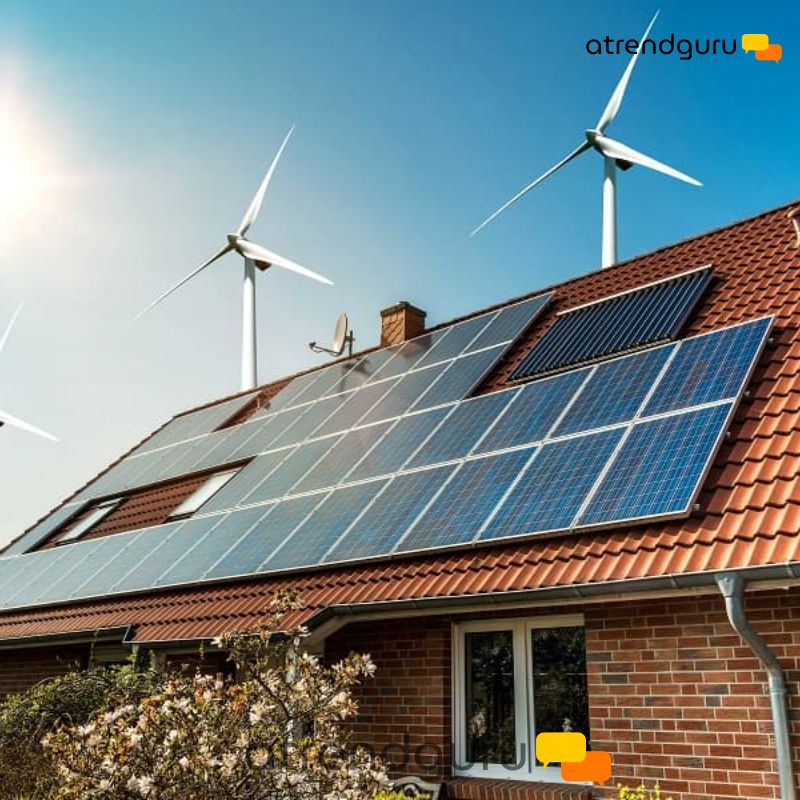Discover how to use green building practices, such as water conservation, energy efficiency, and sustainable materials, to make your house more environmentally friendly for a better future.
How to Use Green Building Techniques to Make Your Home Eco-Friendly
A wise investment that lowers energy expenses, enhances indoor air quality, and contributes to environmental protection is building an eco-friendly home. The main goals of green building practices are resource conservation, energy efficiency, and sustainability. Here are some tips for creating a more environmentally friendly home.
1. Select Recycled and Sustainable Materials
Utilizing environmentally friendly materials minimizes waste and its negative effects on the environment. Think about:
Reclaimed wood and bamboo are long-lasting and renewable substitutes.
Concrete and steel recycling: lessens the depletion of resources.
Cork and hempcrete are natural materials with excellent insulating qualities.
2. Boost Energy Efficiency
Carbon footprints are decreased and power consumption is decreased in energy-efficient homes. Important tactics consist of:
Optimizes natural heating and cooling through passive solar design.
Energy-efficient appliances and LED lighting reduce electricity use.
Heat loss is prevented by high-performance windows and insulation.
3. Cut Down on Water Use
In green homes, water conservation is essential. Among the clever fixes are:
Rainwater harvesting is the process of gathering and reusing rainfall.
Dual-flush toilets and low-flow faucets: Cut down on water waste.
Using native plants in drought-resistant landscaping helps conserve water.
Integrating Renewable Energy Sources is an
Important Point
Sustainability is further improved by using renewable energy. Among the options are:
Clean electricity can be produced using solar panels.
Geothermal heating and cooling harnesses the natural energy of the Earth.
Optimize power usage with smart energy management systems.















